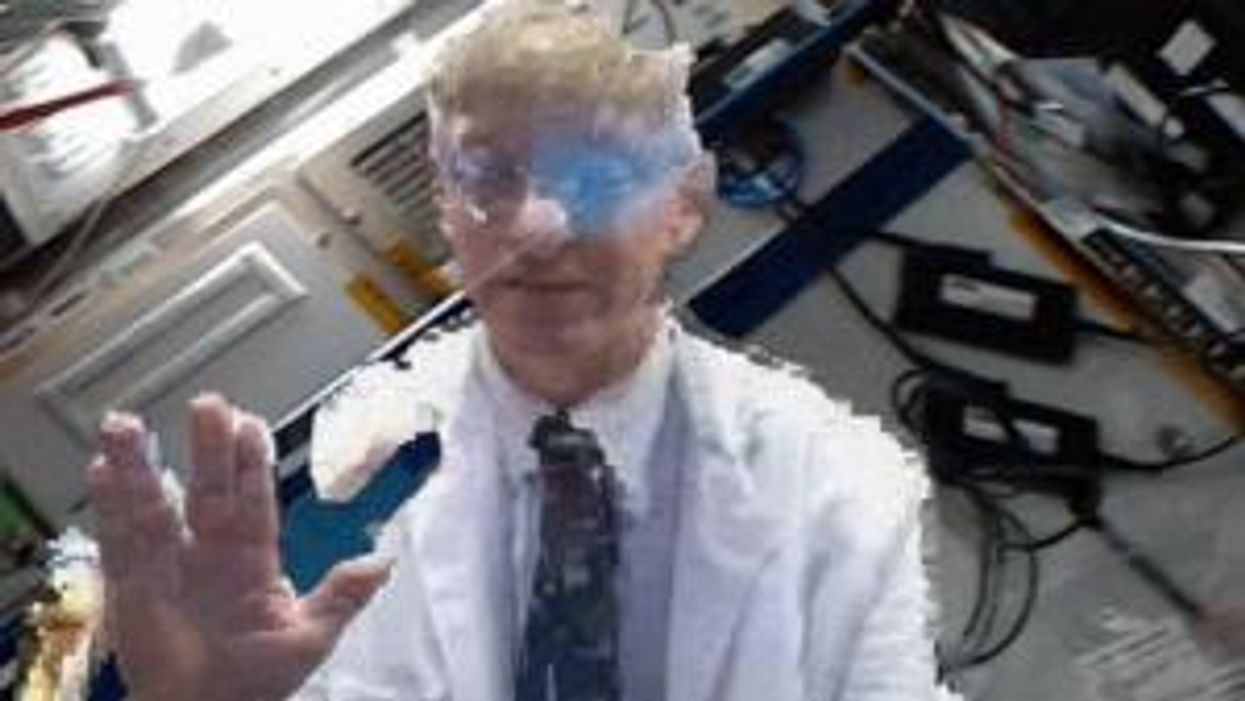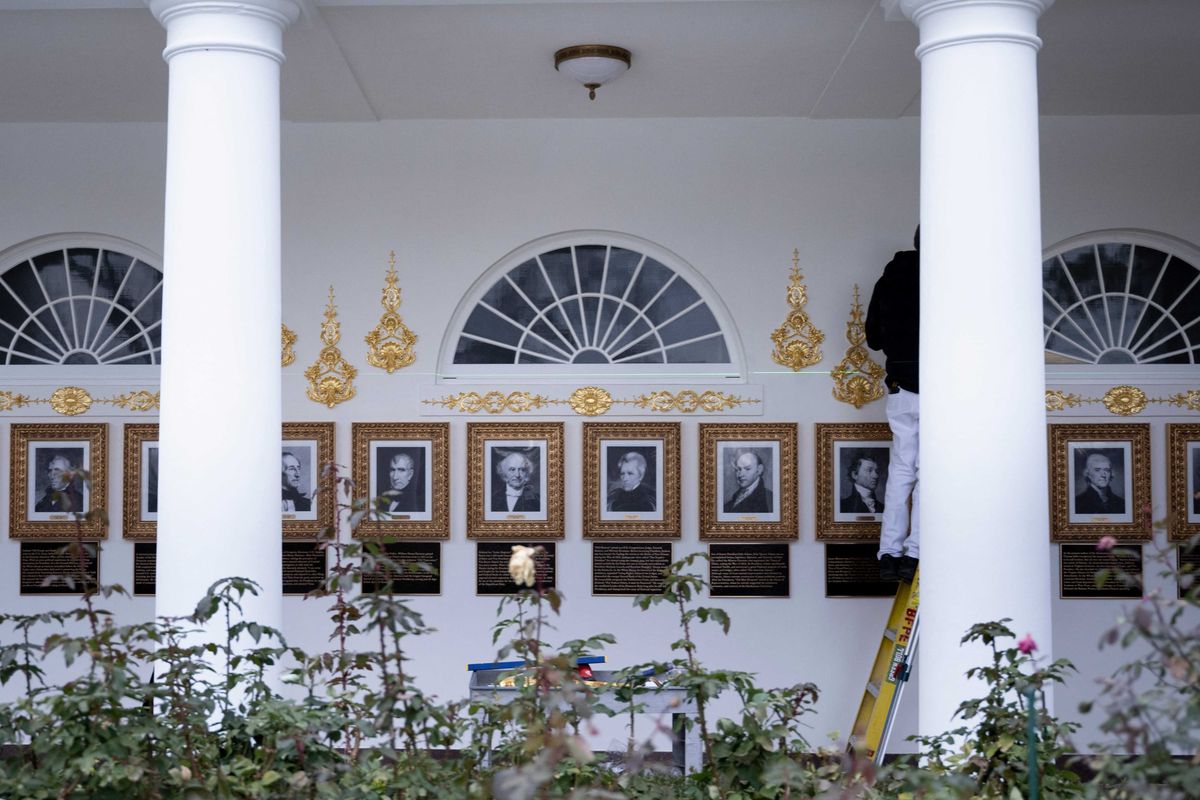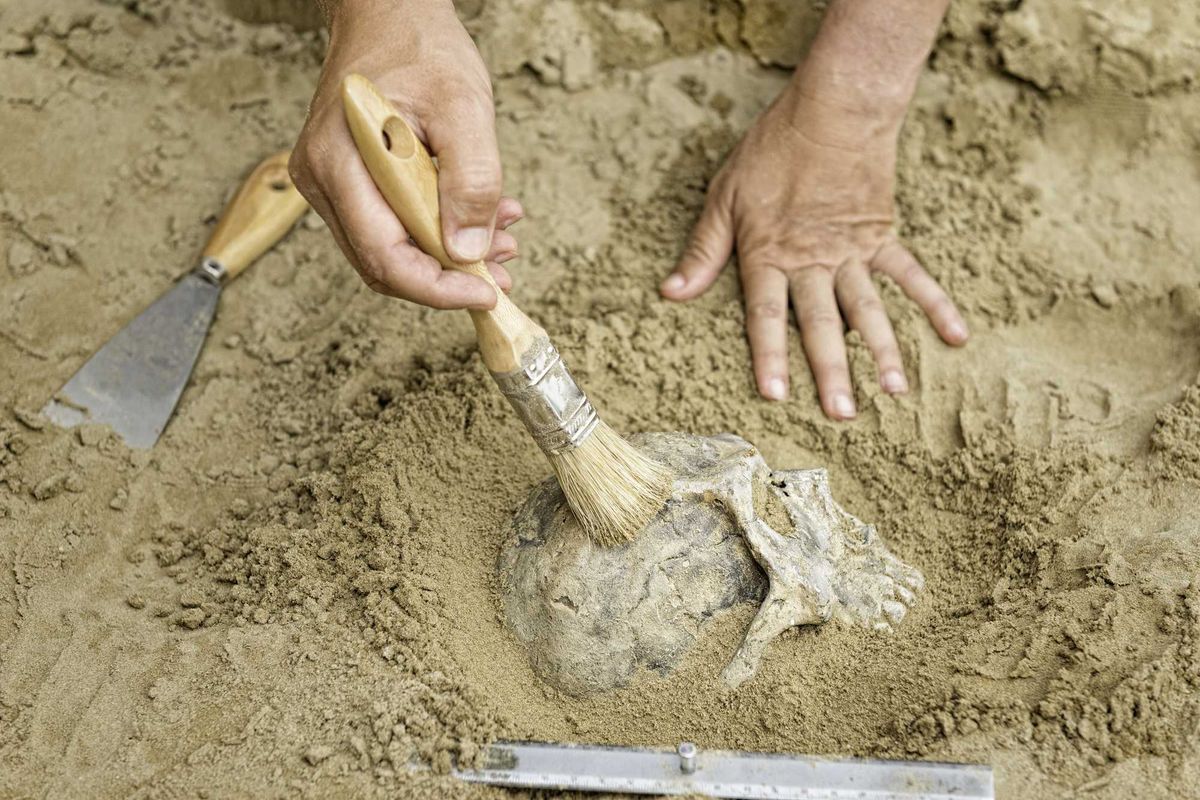Liam O'Dell
Apr 19, 2022
NASA Doctor ‘Beamed Up’ to ISS with ‘Holoportation’ Technology
AmazeLab
The American space agency Nasa has unveiled future plans to look after astronauts in space, after it “holoported” scientists onto the International Space Station in October last year.
Not to be confused with the more familiar teleporting, holoporting concerns the transfer of 3D images anywhere and in real time, with the models being present and interacting with another person in the same space.
Nasa flight surgeon Dr Josef Schmid, who was one of the first humans to be “holoported” in the experiment in late 2021, said: “This is completely new manner of human communication across vast distances.
“Furthermore, it is a brand-new way of human exploration, where our human entity is able to travel off the planet. Our physical body is not there, but our human entity absolutely is there.
“It doesn't matter that the space station is traveling 17,500 mph and in constant motion in orbit 250 miles above Earth, the astronaut can come back three minutes or three weeks later and with the system running, we will be there in that spot, live on the space station.”
God, we love science.
Sign up to our free Indy100 weekly newsletter
Dr Schmid added: “We'll use this for our private medical conferences, private psychiatric conferences, private family conferences and to bring VIPs onto the space station to visit with astronauts.”
It’s also hoped astronauts will be holoported back down to Earth to establish two-way communication, and that the technology will be combined with augmented reality “to truly enable tele-mentoring”.
“Imagine you can bring the best instructor or the actual designer of a particularly complex technology right beside you wherever you might be working on it.
“Furthermore, we will combine augmented reality with haptics. You can work on the device together, much like two of the best surgeons working during an operation.
“This would put everyone at rest knowing the best team is working together on a critical piece of hardware,” Schmid continued.
Nasa believes the tech can be used in more domestic instances, too, such as in Antarctica, offshore oil rigs and military operation theatres.
Have your say in our news democracy. Click the upvote icon at the top of the page to help raise this article through the indy100 rankings.
Top 100
The Conversation (0)














